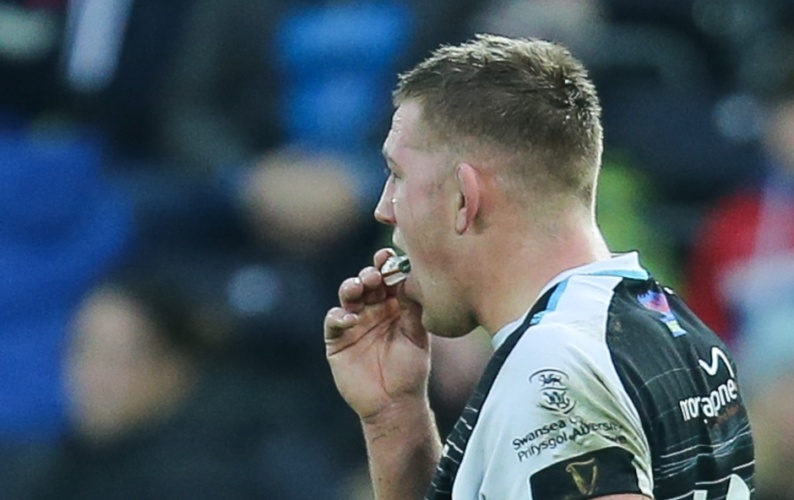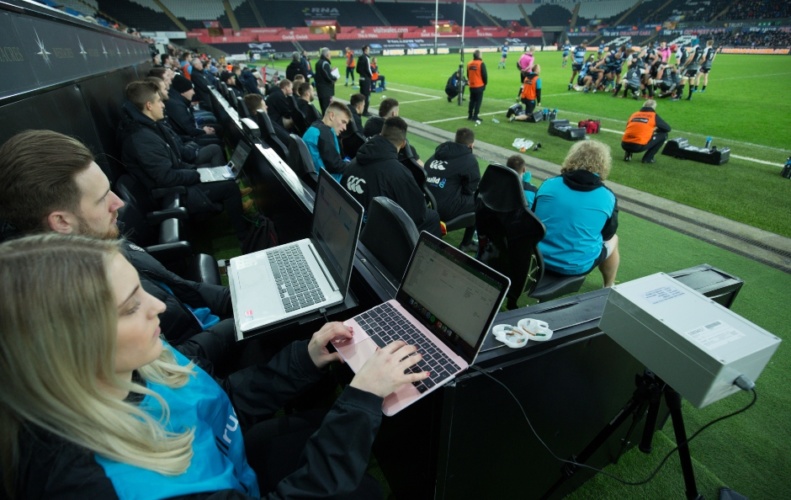
Swansea-based SWA designed its PROTECHT mouthguards to allow professional rugby teams to monitor and manage head impacts on players from big collisions. The technology reports in real time, providing opportunity for immediate intervention.
Assessing how the organisations could work together to transfer the technology to the battlefield, Thales is drawing on its special forces technical expertise to incorporate PROTECHT into the communication systems and body armour worn by soldiers. The proof of concept, funded by Thales’ R&D programme, will take place at the National Digital Exploitation Centre (NDEC) in Ebbw Vale.
“If successful, this R&D work could enable commanders to know immediately when individual soldiers have been injured or if there are causes for concern if somebody is not responding during an exercise or on operations,” said Gareth Williams, Thales UK VP Secure Communications and Information Systems.
“It could save lives by getting immediate support or medical assistance if someone is in trouble, for example on a night exercise in bad weather or in hostile territory.”
Interview: Thales UK CEO Alex Cresswell
One of the biggest challenges, Williams told The Engineer, will be to provide robust communications in the battlefield and to ensure that data will move across the network in a ‘timely and reliable manner’.
“This is where Thales, together with [SWA], can really solve this problem. The experience and technologies we have are developed to deal with this very topic,” he added.

SWA CEO Chris Turner stressed the importance of monitoring head impacts, explaining that many recently retired rugby players are being diagnosed with early onset dementia.
“It is critical to long term health that we understand the effects of head impacts, and the first step in this is quantifying impacts to allow experts to be able to act on this data and manage these loads," he said. “Moving technology initially designed for sport into a combat scenario makes sense and if it can help make soldiers that little bit safer in training drills and out in the field, that is something worth doing.”
Other potential applications for PROTECHT could include policing in terms of protection equipment for officers during crowd or riot control, Turner said. “Additionally, by adding further sensors into the PROTECHT system to monitor other human functions such as hydration or heart rate, we could expand the range of applications quite easily.”




Glasgow trial explores AR cues for autonomous road safety
They've ploughed into a few vulnerable road users in the past. Making that less likely will make it spectacularly easy to stop the traffic for...